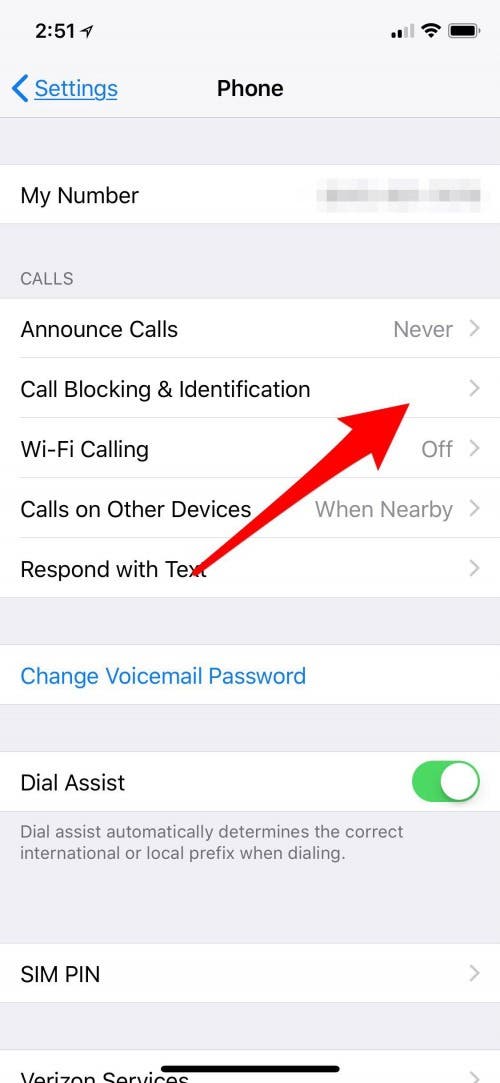
In Chromium-based Edge with PUA protection turned on, Microsoft Defender SmartScreen protects you from PUA-associated URLs. Block URLs with Microsoft Defender SmartScreen If you are running Microsoft Edge (Chromium-based), you can safely explore the URL-blocking feature of PUA protection by testing it out on one of our Microsoft Defender SmartScreen demo pages. Under the Security section, turn on Block potentially unwanted apps. In your Edge browser, select the ellipses, and then choose Settings. Enable PUA protection in Chromium-based Microsoft EdgeĪlthough potentially unwanted application protection in Microsoft Edge (Chromium-based, version 80.0.361.50) is turned off by default, it can easily be turned on from within the browser. This feature is provided via Microsoft Defender SmartScreen.

The new Microsoft Edge, which is Chromium-based, blocks potentially unwanted application downloads and associated resource URLs. In Windows 10 (version 2004 and later), Microsoft Defender Antivirus blocks apps that are considered PUA for Enterprise (E5) devices by default. PUA protection is supported on Windows 10, Windows 11, Windows Server 2019, Windows Server 2022, and Windows Server 2016. Potentially unwanted applications can increase the risk of your network being infected with actual malware, make malware infections harder to identify, or waste IT resources in cleaning them up.

The term PUA can also refer to an application that has a poor reputation, as assessed by Microsoft Defender for Endpoint, due to certain kinds of undesirable behavior. PUA is not considered a virus, malware, or other type of threat, but it might perform actions on endpoints that adversely affect endpoint performance or use. Potentially unwanted applications (PUA) are a category of software that can cause your machine to run slowly, display unexpected ads, or at worst, install other software that might be unexpected or unwanted. Detect and block potentially unwanted applications


 0 kommentar(er)
0 kommentar(er)
